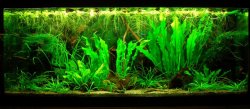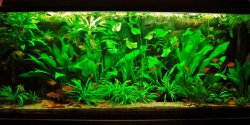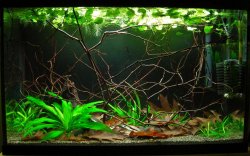10gl South American Biotope that sounds very interesting and doable.
I love the idea of biotopes and would like to have one 10gl from as many ares as possible and this book has some good idea but some of it contradics all that I have learned, for instense
"Bringing together species from the same geographic region is called a biotope approach and it can make for some of the most interesting and authentic community.
Top Swimmers
3 marbleb hatchetfish (camefiella strigata)
Midswimmers
12 neon tetras
Bottom Dwellers
3 panda coys
1 clown pleco.
This is far a ten gallon Amazon quiet pool Biotope.
In my research, shouldn't hatchet fish need at least 6 and the same goes for the panda corys. And while not an active fish, the clown pleco grows to 5 inches and might wreck havak y on the aquascape and are poop machines. Am I right in my assessment of this list or did I miss something?
Thave other biotope suggestion and I like the idea of setting up different biotopes in 10 gallon tanks. Could an enormously rewarding project.
I love the idea of biotopes and would like to have one 10gl from as many ares as possible and this book has some good idea but some of it contradics all that I have learned, for instense
"Bringing together species from the same geographic region is called a biotope approach and it can make for some of the most interesting and authentic community.
Top Swimmers
3 marbleb hatchetfish (camefiella strigata)
Midswimmers
12 neon tetras
Bottom Dwellers
3 panda coys
1 clown pleco.
This is far a ten gallon Amazon quiet pool Biotope.
In my research, shouldn't hatchet fish need at least 6 and the same goes for the panda corys. And while not an active fish, the clown pleco grows to 5 inches and might wreck havak y on the aquascape and are poop machines. Am I right in my assessment of this list or did I miss something?
Thave other biotope suggestion and I like the idea of setting up different biotopes in 10 gallon tanks. Could an enormously rewarding project.




